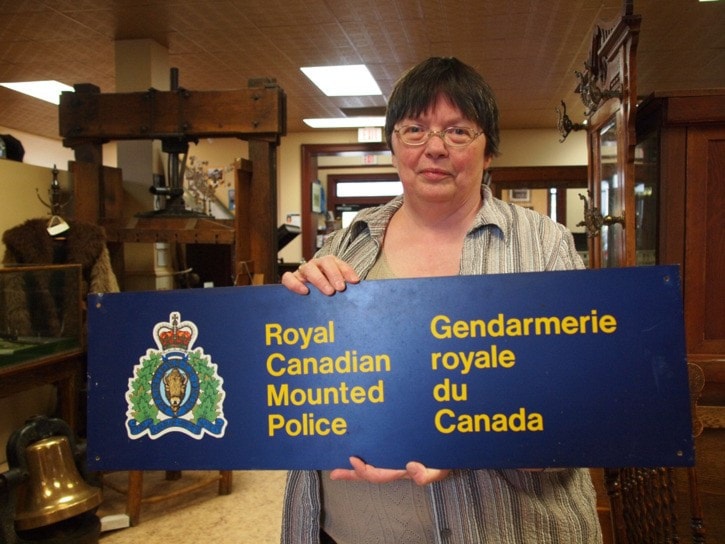Do you have any old trinkets kicking around, collecting dust in a closet? Take a careful look at it before you throw it out or get rid of it in a garage sale – it could be something Cathy English at the Revelstoke Museum & Archives is interested in.
“We’re embarking on a project called the Community Historical Resources Project,” she told me. “Really it’s a realization we have a lot of gaps in here and most of those gaps are from the last 50 to 60 years. We’ve done a really good job collecting from the early part of the century, the 1880s up until the 1940s or 50s but beyond that we do have a lot of gaps in knowledge, in photographs and in information.”
The aim of the project is to collect photos, artifacts and information from people before it’s too late – whether that be a sign from an old business, old photos of downtown or memories of important developments.
“When I talk to a lot of people saying I’m interested in photographs on certain things, they say, ‘I didn’t think that was history.’ or ‘I didn’t think that was important,’” said Englsh. “I think it’s just raising awareness that all aspects of our community are important and we need to be able to record that now while people are still around and still have things.”
As an example of something seemingly mundane that the museum recently acquired, English showed me a Burridge’s ash tray from the 60s or 70s. The museum also recently received a Revelstoke Cable Systems ice scraper and objects from the old bowling alley.
“Anything with businesses names on them, we’re always happy to get those,” she said.
Another project she is interested in is in re-creating downtown as it has looked throughout the years, with a historical listing of various stores that have existed.
“There’s been a lot of changes since I’ve been here in 1978 and I don’t even remember everything that was in every building,” she said. “I’d like to get people’s memories of where different places were.”
Other stories English is interested in telling are that of Italian immigration, the Ukrainian community at the base of Mt. Cartier that was wiped out by the dam, and big construction projects like the dams, Mt. Macdonald railway tunnel, and ski resort.
“Of course, how downtown was changed in 1985 when they did the downtown revitalization project,” she added.
The museum has a large basement where it stores much of its archives but to help with space, English is looking at compiling a database of artifacts that people have. That was, if they’re not willing to donate them permanently, they can still be borrowed for special exhibits.
Another aspect will be compiling a list of experts on different subjects. “If somebody phones me looking for information on the building of the Mica Dam, I’d have a list of people who’d have expertise in that area,” she said.
